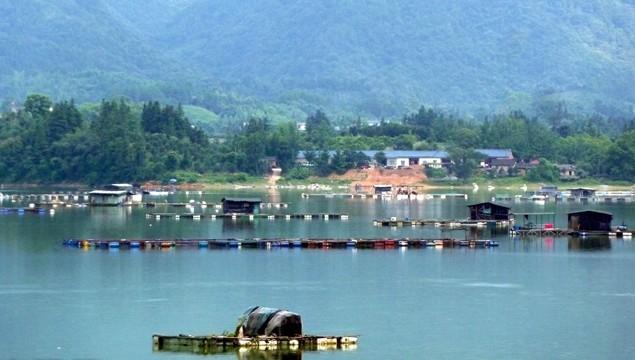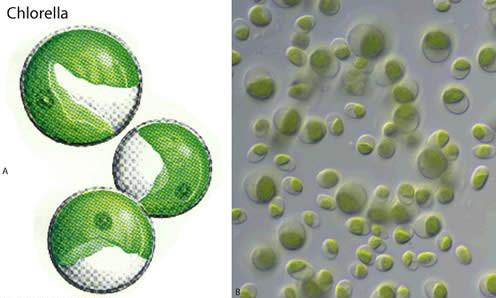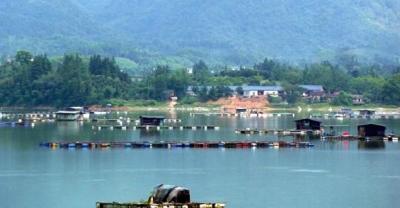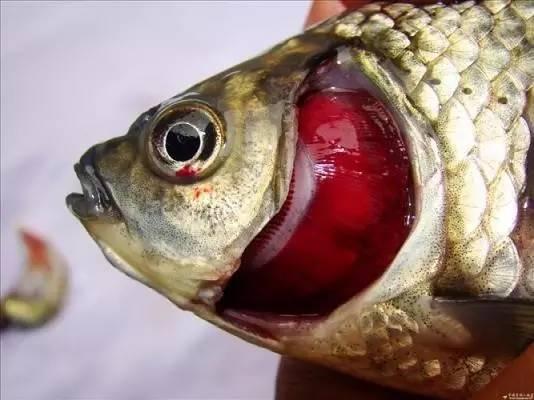Popular science: general knowledge of ammonia nitrogen degradation in aquaculture water
Aquaculture friends may know that it is important to control the concentration of ammonia nitrogen in aquaculture water. Therefore, how to effectively control ammonia nitrogen and degrade ammonia nitrogen has become a common sense that every farmer must understand. The considerate editor has sorted out the common sense of ammonia nitrogen degradation for everyone, hoping to be helpful to everyone.

The source of ammonia nitrogen in water
Ammonia nitrogen in aquaculture water mainly comes from the accumulation and decomposition of nitrogenous substances such as aquatic animal carcasses, excreta, feed, fertilizer and so on. The ammonia nitrogen in the water body will be consumed by the decomposition of aquatic plants and microorganisms, and part of the ammonia nitrogen can be emitted into the air in the form of gas. under normal circumstances, the degradation rate of ammonia nitrogen in the water body is not less than the production rate, and the ammonia nitrogen in the water body will not accumulate. However, if the production rate of ammonia nitrogen in the water is higher than the degradation rate, it will cause the ammonia nitrogen in the water body to exceed the standard and affect the health of aquatic animals. In the process of aquaculture, the content of ammonia nitrogen should be strictly controlled below 0.2 mg / L.
Reasons for excessive ammonia and nitrogen
The content of ammonia nitrogen in aquaculture water is easy to exceed the standard, mainly for the following reasons:
1. The aquaculture density of many aquaculture farmers is on the high side, the feed residue and animal excreta in the water body are increasing, and the natural purification pressure of the water body is increasing, which is very easy to cause ammonia nitrogen accumulation.
two。 Regular disinfection of water will kill a variety of microorganisms in water, destroy the balance of water, and seriously affect the normal degradation of ammonia nitrogen.
3. Many farmers can not achieve scientific breeding, so there is excessive feed, organic fertilizer phenomenon, further resulting in ammonia nitrogen exceeding the standard.
4. The aquaculture water quality is not easy to control. If the water body deteriorates and the dissolved oxygen decreases, the ammonia nitrogen production rate will be greater than the ammonia nitrogen degradation rate, and the ammonia nitrogen content will remain high, which will further worsen the water body and form a vicious circle.
The reasons for exceeding the standard of ammonia nitrogen are easy to understand, and farmers can start from these aspects to strengthen prevention and control to prevent the phenomenon of excessive ammonia nitrogen.
The harm of excessive ammonia nitrogen
Ammonia nitrogen exists in the form of ammonia molecule and ammonium ion in water, and ammonium ion is non-toxic and harmless. The main hazards of ammonia molecules are:
1. When the ammonia content is low, it will cause fish and shrimp appetite loss, hypoxia floating head, slow growth.
two。 When the concentration of ammonia nitrogen is high, fish and shrimp have a large area of floating head, oxygen-increasing measures can not alleviate the phenomenon of floating head, reduce immunity, susceptible to disease, and even die.
3. Acute ammonia poisoning will also cause fish and shrimp extremely hyperactive, moving up and down in the water, followed by fish weakness, imbalance convulsions, and eventually death.
Excessive ammonia nitrogen will cause damage to the blood and nervous system of fish and shrimp, and even low concentration of ammonia will gradually cause Gill disease. Farmers should take it seriously to prevent ammonia nitrogen from exceeding the standard and do a good job of ammonia nitrogen degradation.
The method of ammonia nitrogen degradation
There are many methods of ammonia nitrogen degradation, including chemical degradation, physical adsorption and biological decomposition. However, the long-term use of the first two will cause some adverse effects on the water body, which belongs to the method of curing the symptoms rather than the root of the problem. In the era of widespread concern about ecological agriculture, the use of biological methods to degrade ammonia nitrogen is the best choice.
Degradation of ammonia nitrogen by NO.1 aquatic plants
Many aquatic plants have a certain degree of ammonia nitrogen degradation. Microalgae can use ammonia nitrogen in water to synthesize amino acids, proteins and other organic substances, so it is a good way to use microalgae to degrade ammonia nitrogen. Microalgae Chlorella, spirulina and diatoms can rapidly degrade ammonia nitrogen, and fish and shrimp can also eat microalgae as bait, but also play the role of increasing oxygen and activating water and inhibiting harmful algae.

Degradation of ammonia nitrogen by NO.2 microorganism
The microbial agent products screened, cultivated and rejuvenated by microtechnology can be mixed into fish and shrimp feed or sprinkled directly into the culture water body. Through the metabolism of microorganisms, they can degrade ammonia nitrogen and toxic and harmful substances in the water body, inhibit the growth of harmful bacteria, balance the water ecological environment, regulate water quality, ensure the health of aquatic animals and promote growth. Microbial agents include single bacterial agents (such as photosynthetic bacteria, Bacillus subtilis, etc.) and compound microbial agents, which contain a variety of probiotics, which are better than single bacterial agents in ammonia nitrogen degradation and water quality control.
The method of microbial preparation and aquatic plant degradation of ammonia nitrogen can be used at the same time, which is safe, ecological and effective. Using biological method to degrade ammonia nitrogen is a method with broad application prospect and can be widely popularized. Welcome to follow Wechat "kylzem" to learn more about eco-agricultural technology.
(by Phil Newell) Wechat / Kangyuan Oasis Subscription account: Rujin
- Prev

Effective treatment methods for breeding and slaughtering animal carcasses
First, technical background with the rapid development of animal husbandry, large-scale, intensive continuous improvement, animal tissue, sick and dead pigs and abnormal deaths of livestock and poultry animals.
- Next

Suggestions on the treatment of large red gills of farmed fish
The pathogen, symptom, epidemic situation and diagnosis of ◆◆◆ a major red Gill disease in Fisheries University without walls have not been confirmed at present.
Related
- On the eggshell is a badge full of pride. British Poultry Egg Market and Consumer observation
- British study: 72% of Britons are willing to buy native eggs raised by insects
- Guidelines for friendly egg production revised the increase of space in chicken sheds can not be forced to change feathers and lay eggs.
- Risk of delay in customs clearance Australia suspends lobster exports to China
- Pig semen-the Vector of virus Transmission (4)
- Pig semen-the Vector of virus Transmission (3)
- Five common causes of difficult control of classical swine fever in clinic and their countermeasures
- Foot-and-mouth disease is the most effective way to prevent it!
- PED is the number one killer of piglets and has to be guarded against in autumn and winter.
- What is "yellow fat pig"? Have you ever heard the pig collector talk about "yellow fat pig"?

